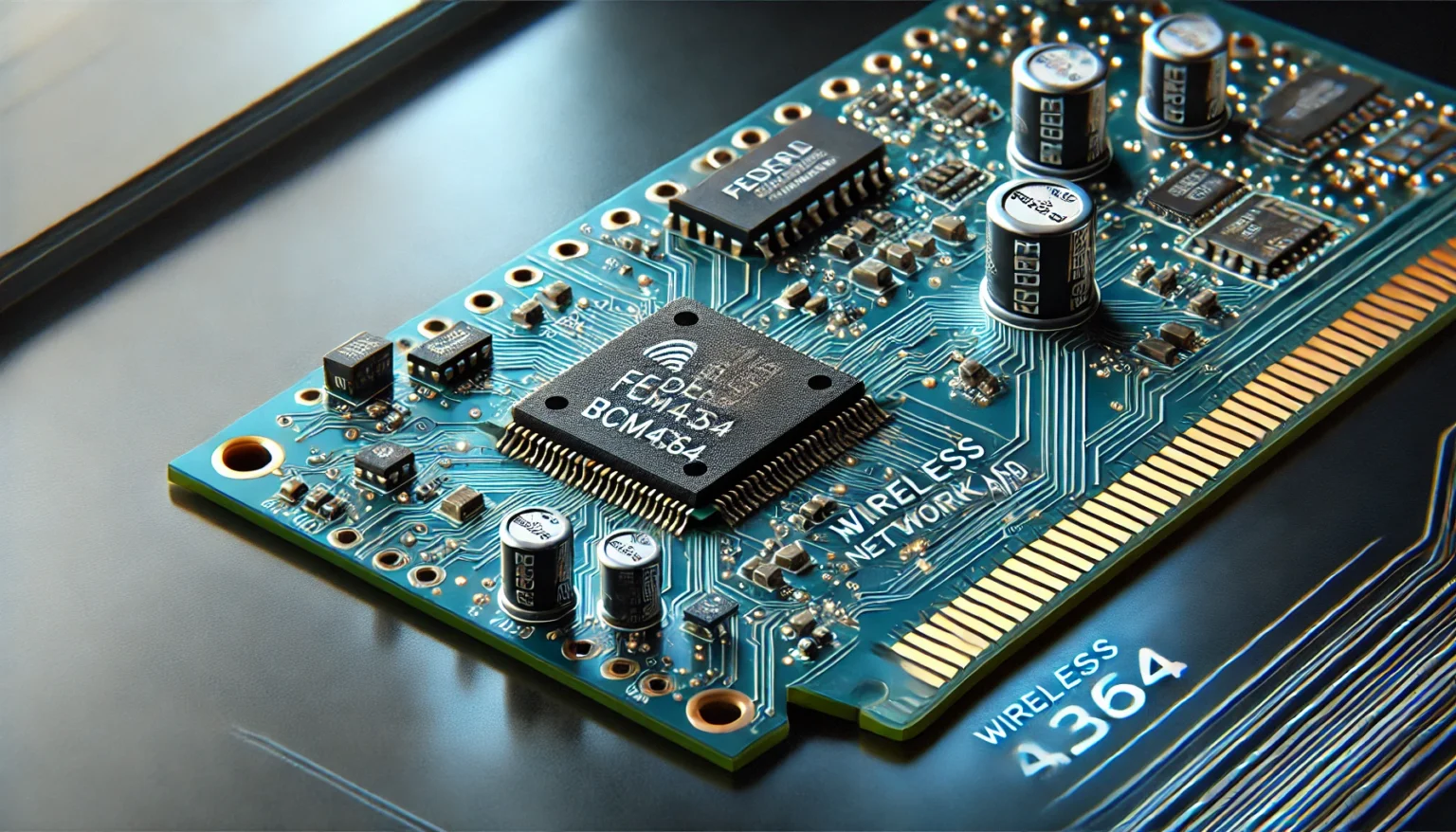The Federal BCM4364 represents a pivotal development in the realm of advanced technology components, designed to enhance both the efficiency and the reliability of systems in which it is implemented. As we delve into its technical prowess and industry applications, it becomes evident why the BCM4364 is considered a critical asset in fields ranging from telecommunications to advanced computing infrastructure. This comprehensive overview aims to unpack the multifaceted capabilities of the BCM4364, providing insights into its operational parameters, usage across different sectors, and its profound impact on current and future technology standards.
Architectural Design and Technical Specifications
The Federal BCM4364 is engineered with a sophisticated architecture that supports a multitude of functionalities tailored to high-demand environments. At its core, the device is built around a powerful processing unit capable of executing complex algorithms at high speeds, which is crucial for applications requiring rapid data analysis and real-time decision-making. Additionally, the BCM4364 boasts enhanced connectivity options, including support for multiple networking standards, which facilitates its integration into diverse technological ecosystems. This robust architecture not only ensures high performance but also enhances the device’s ability to withstand challenging operational conditions, making it an ideal choice for critical applications in harsh environments.
Core Functionalities and Features

One of the standout features of the Federal BCM4364 is its ability to efficiently manage large data flows while maintaining high levels of data integrity and security. This capability is particularly important in an era where data breaches and cyber threats are commonplace, necessitating robust security measures. Furthermore, the BCM4364 supports advanced encryption standards, ensuring that all data handled by the device remains secure from unauthorized access. These security features, combined with the device’s processing power, render it an indispensable tool for organizations that prioritize data security and operational reliability.
Applications in Telecommunications
In the telecommunications sector, the Federal BCM4364 has revolutionized how data is transmitted and received. The device’s superior data handling capabilities allow for improved signal integrity and reduced latency in communications systems. This results in clearer voice calls, faster internet speeds, and more reliable service delivery, which are critical factors for telecommunication companies striving to meet the growing demands of consumers and businesses alike. By implementing the BCM4364, these companies can enhance their network capabilities significantly, leading to improved customer satisfaction and competitive advantages in the market.
Role in Advanced Computing Systems
The BCM4364 also plays a crucial role in advanced computing systems, particularly those used in data centers and cloud computing platforms. Its ability to rapidly process information and facilitate high-speed data transfer makes it an essential component in environments where large volumes of data are processed and analyzed continuously. For instance, in cloud computing, the BCM4364 enables providers to offer faster and more reliable services to their clients, which is vital for businesses that rely on cloud solutions for their operational needs.
Impact on Industry Standards

The introduction of the Federal BCM4364 has significantly impacted industry standards by setting new benchmarks for performance and reliability. It has prompted a reevaluation of what is technically feasible within the constraints of existing technology, pushing manufacturers and developers to innovate further. The device’s influence extends beyond just hardware improvements; it also affects how standards and protocols are developed within the tech industry, encouraging a shift towards more secure, efficient, and resilient technology solutions.
Adoption Challenges and Considerations
Despite its numerous advantages, the adoption of the Federal BCM4364 comes with its set of challenges. The primary concern for many organizations is the cost associated with upgrading existing systems to accommodate the new technology. Additionally, there is a need for specialized training for personnel to handle the advanced features of the BCM4364 effectively. Organizations must consider these factors carefully to ensure that the integration of this technology delivers the expected benefits without disrupting existing operations.
Future Trends and Developments

Looking forward, the Federal BCM4364 is expected to drive advancements in various technological areas, including artificial intelligence (AI) and the Internet of Things (IoT). Its processing capabilities make it well-suited to support AI applications that require real-time data processing and analysis, such as autonomous vehicles and smart city technologies. Furthermore, as IoT devices become increasingly prevalent, the BCM4364’s robust connectivity features will likely play a key role in facilitating seamless and secure communications between devices.
Further Resources and Learning
For those interested in a deeper exploration of the Federal BCM4364, numerous resources are available. Technical manuals, white papers, and case studies provide detailed insights into the device’s capabilities and applications. Additionally, seminars and webinars conducted by industry experts can offer valuable opportunities for learning and discussion about the BCM4364 and its impact on the technology landscape.
Conclusion
The Federal BCM4364 is more than just a component; it is a transformative element that redefines the boundaries of technological capability. Its robust design, combined with cutting-edge functionalities, makes it a critical tool for any high-tech application. As industries continue to evolve and demand more from their technological infrastructures, the BCM4364 stands ready to meet these challenges, promising to play a central role in the future of technology.
Frequently Asked Questions
1. What are the primary features of the Federal BCM4364?
- The Federal BCM4364 features advanced signal processing, high data throughput, and enhanced environmental resistance, making it suitable for a variety of demanding applications.
2. How does the Federal BCM4364 impact industry standards?
- The BCM4364 sets new benchmarks for performance and reliability, influencing industry standards and regulatory frameworks across technology sectors.
3. Can the Federal BCM4364 be used in consumer electronics?
- While primarily designed for industrial and specialized applications, certain aspects of the BCM4364 technology are adapted for high-end consumer electronics.
4. What future developments are expected with the Federal BCM4364?
- Future developments include enhancements in AI integration, machine learning capabilities, and broader IoT connectivity, leveraging the BCM4364’s advanced features.
5. Where can I find detailed technical documentation on the Federal BCM4364?
- Detailed technical documentation is typically available through the manufacturer’s website or by contacting their technical support team directly.
See more : Distancia Ratones a Soledade RS: Exploring Efficient Paths
Read for more topic click here celebritytimes








